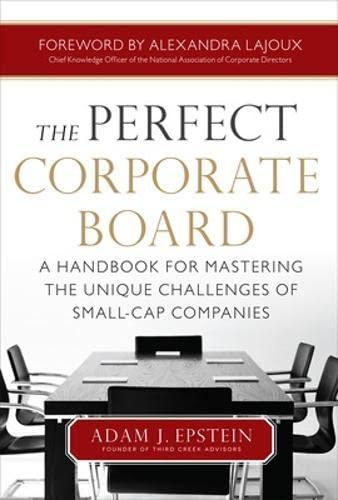Neighborhood Insurance sells fire insurance policies to local homeowners. The premium is $210, the probability of a fire is 0.2%, and in the event of a fire, the insured damages (the payout on the policy) will be $101,900. a. Suppose you own the entire firm, and the company issues only one policy. What are the expected payout, expected profit, variance and standard deviation of your scenario? (Enter all answers in dollars, rounded to 2 decimal places. Round Profit to the nearest whole dollar.) Payouts on one policy Expected Payout Profit Payout Variance Payout Standard Deviation b. Now suppose your company issues two policies. The risk of fire is independent across the two policies. Make a table of the payout and profit, along with their associated variances and standard deviations (Enter all answers in dollars, rounded to 2 decimal places Round Profit to the nearest whole dollar) Total payouts when two policies have been issued b. Now suppose your company issues two policies. The risk of fire is independent across the two policies. Make a table of the payout and profit, along with their associated variances and standard deviations (Enter all answers in dollars, rounded to 2 decimal places. Round Profit to the nearest whole dollar) Total payouts when two policies have been issued Expected Payout Profit Payout Variance Payout Standard Deviation C. Continue to assume the company has issued two policies, but now assume you take on a partner, so that you each own one-half of the firm. Make a table of the possible payout and profit for the company, along with their associated variances and standard deviations, (Enter all answers in dollars, rounded to 2 decimal places. Round Profit to the nearest whole dollar) Payouts on a half-sponsorship of two policies Expected Payout Pratit Variance Standard Deviation Neighborhood Insurance sells fire insurance policies to local homeowners. The premium is $210, the probability of a fire is 0.2%, and in the event of a fire, the insured damages (the payout on the policy) will be $101,900. a. Suppose you own the entire firm, and the company issues only one policy. What are the expected payout, expected profit, variance and standard deviation of your scenario? (Enter all answers in dollars, rounded to 2 decimal places. Round Profit to the nearest whole dollar.) Payouts on one policy Expected Payout Profit Payout Variance Payout Standard Deviation b. Now suppose your company issues two policies. The risk of fire is independent across the two policies. Make a table of the payout and profit, along with their associated variances and standard deviations (Enter all answers in dollars, rounded to 2 decimal places Round Profit to the nearest whole dollar) Total payouts when two policies have been issued b. Now suppose your company issues two policies. The risk of fire is independent across the two policies. Make a table of the payout and profit, along with their associated variances and standard deviations (Enter all answers in dollars, rounded to 2 decimal places. Round Profit to the nearest whole dollar) Total payouts when two policies have been issued Expected Payout Profit Payout Variance Payout Standard Deviation C. Continue to assume the company has issued two policies, but now assume you take on a partner, so that you each own one-half of the firm. Make a table of the possible payout and profit for the company, along with their associated variances and standard deviations, (Enter all answers in dollars, rounded to 2 decimal places. Round Profit to the nearest whole dollar) Payouts on a half-sponsorship of two policies Expected Payout Pratit Variance Standard Deviation









